Multimeters are great for measuring typical electrical parameters, if you are interested directly into that parameters - I mean, checking if your 1k resistor really falls into limits of given accuracy. However, things are getting complicated, if you are going to check temperature using resistive element like KTY84 or Pt100 (unless you have dedicated thermometer) - you need to measure resistance first and then look into conversion table (or calculate from resistance-temperature equation) to determine the temperature. The same goes for measuring current indirectly, by measuring the voltage on current shunt. You measure the voltage and then calculate current using Ohm's law.
Nothing complicated, you say, but those boring tasks could be eliminated completely by feeding the multimeter result as parameter for programmable calculator calculations. But combining the calculator and multimeter offers much more than just temperature or current conversion.
Oh yes, and you can still use it as multimeter or calculator alone.
Inspiration and roots of the design
I had plans for my own calculator design since I was 12 or 13 and got my first "serious" calculator (some Casio stuff, I don't remember more; however it survived until I went to university). That time I had zero experience nor knowledge to build one, but dreams are often like that.
Later I came across this site and got really inspired again. Interestingly enough, the project was started by the same well known Dave Jones, who presented interesting Hioki calculator/multimeter in EEVblog episode #556 and I was completely captivated by the concept.
The value of Progmeter could be enhanced by som wireless connection (it is inherently galvanically isolated from measured object, which is advantage), for data logging or so. I'm not entirely sure if I'm going to use bluetooth module or try to use something lower power.
 jaromir.sukuba
jaromir.sukuba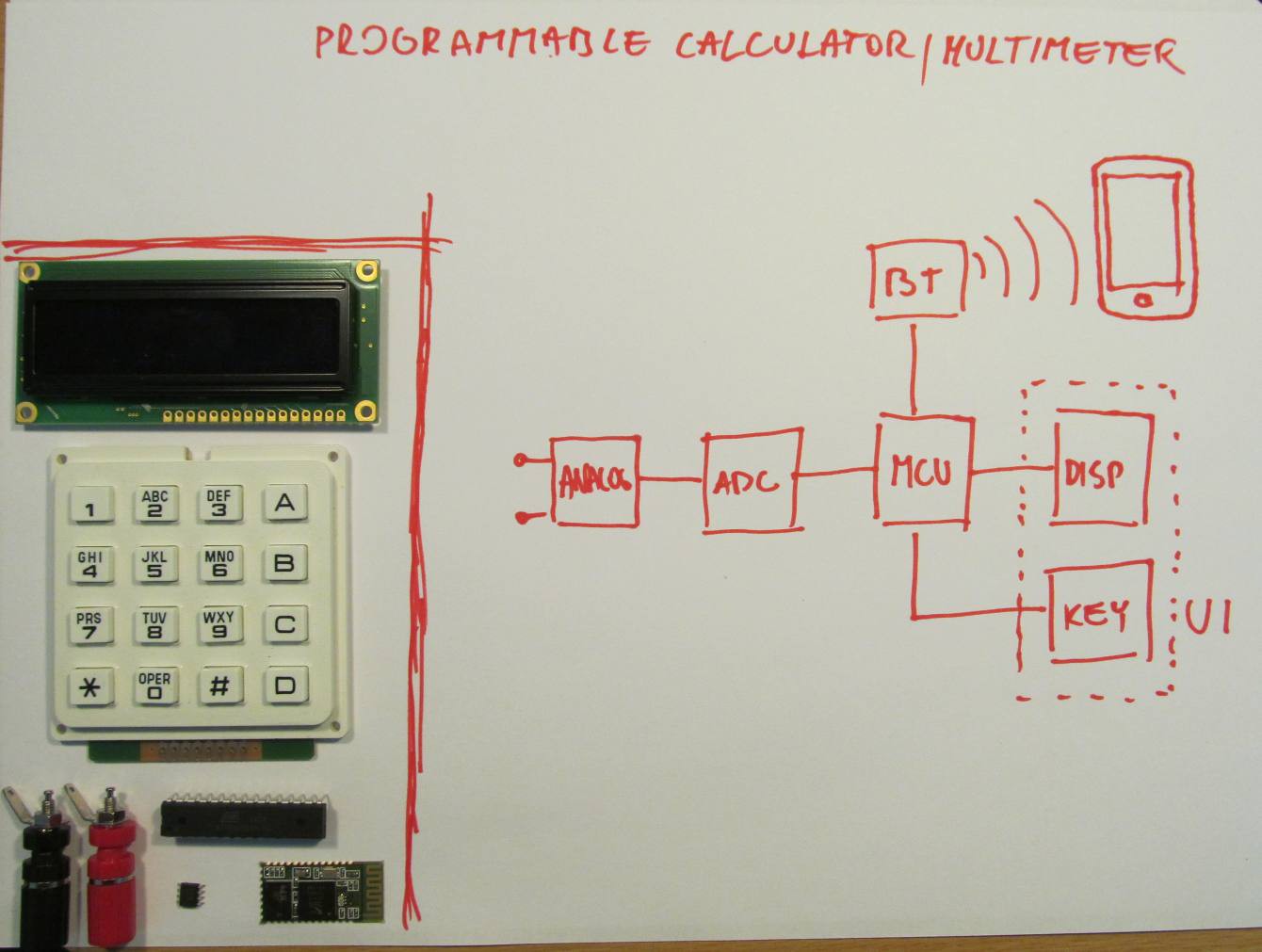
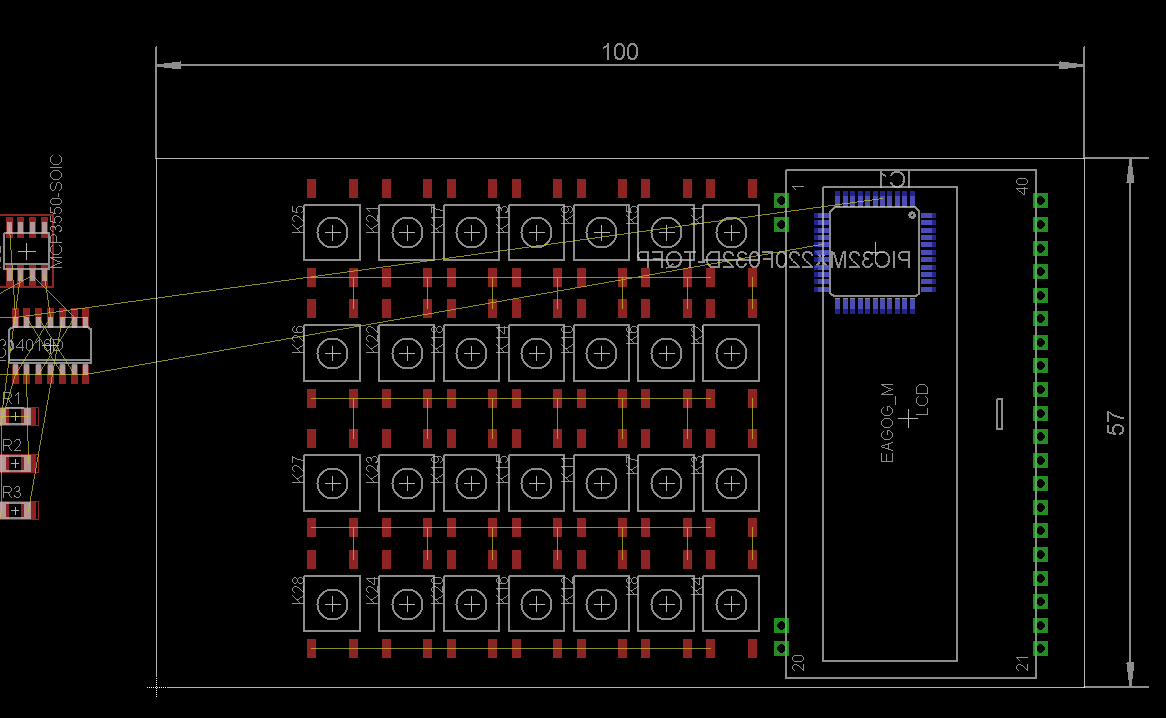
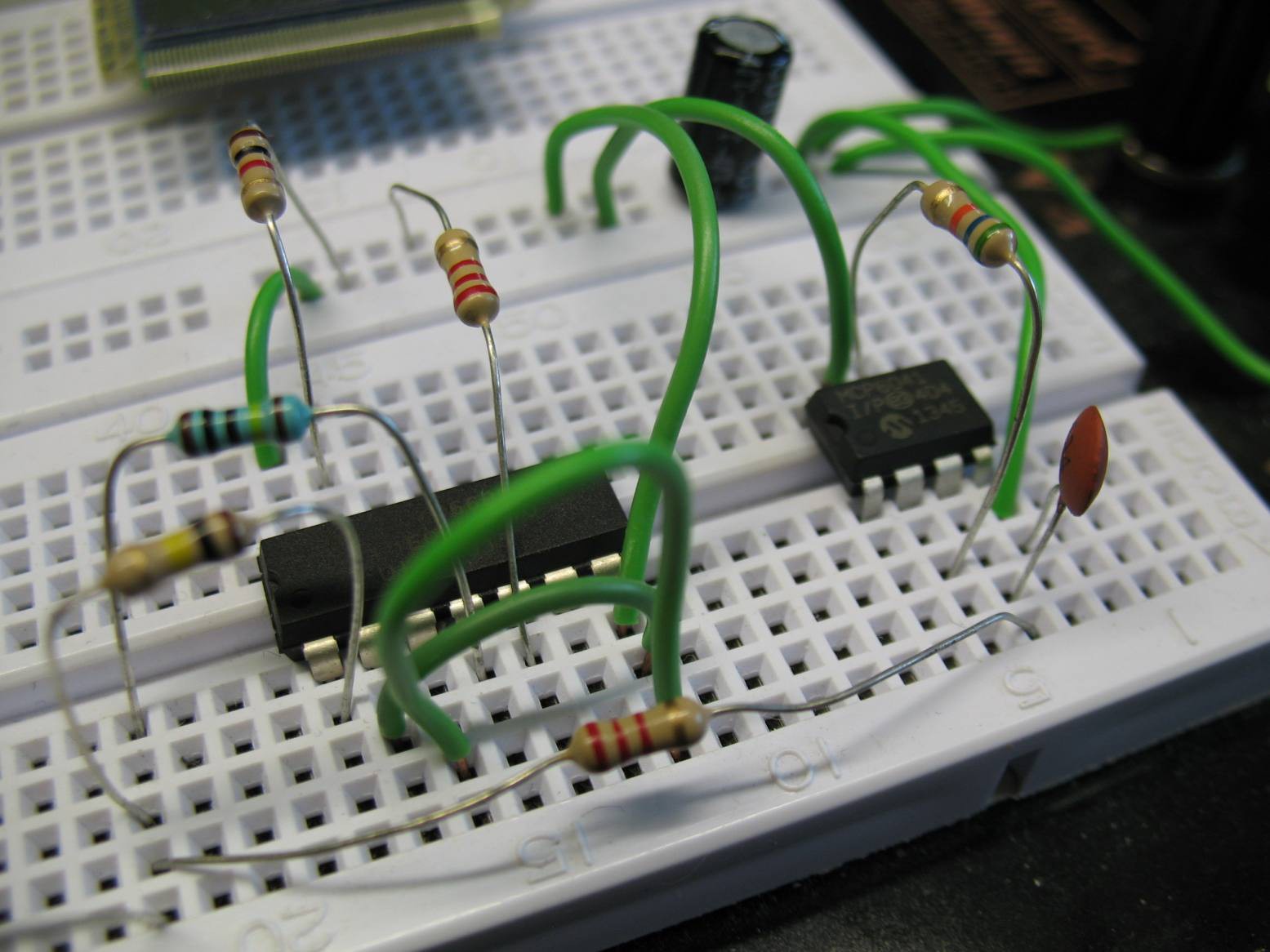
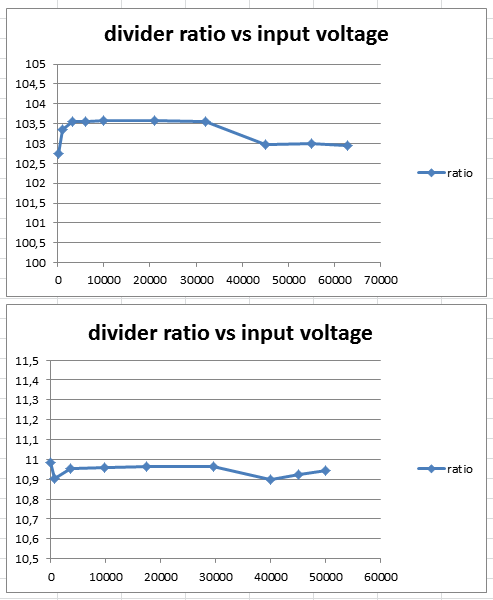
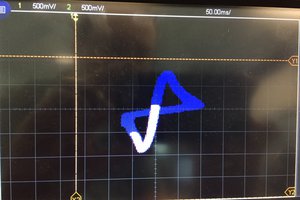
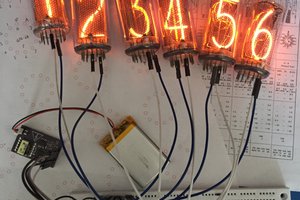
 Paul Andrews
Paul Andrews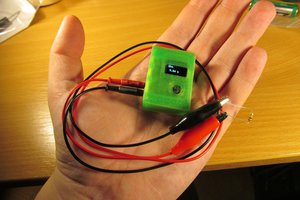
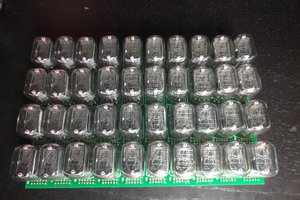
 robert.c.baruch
robert.c.baruch